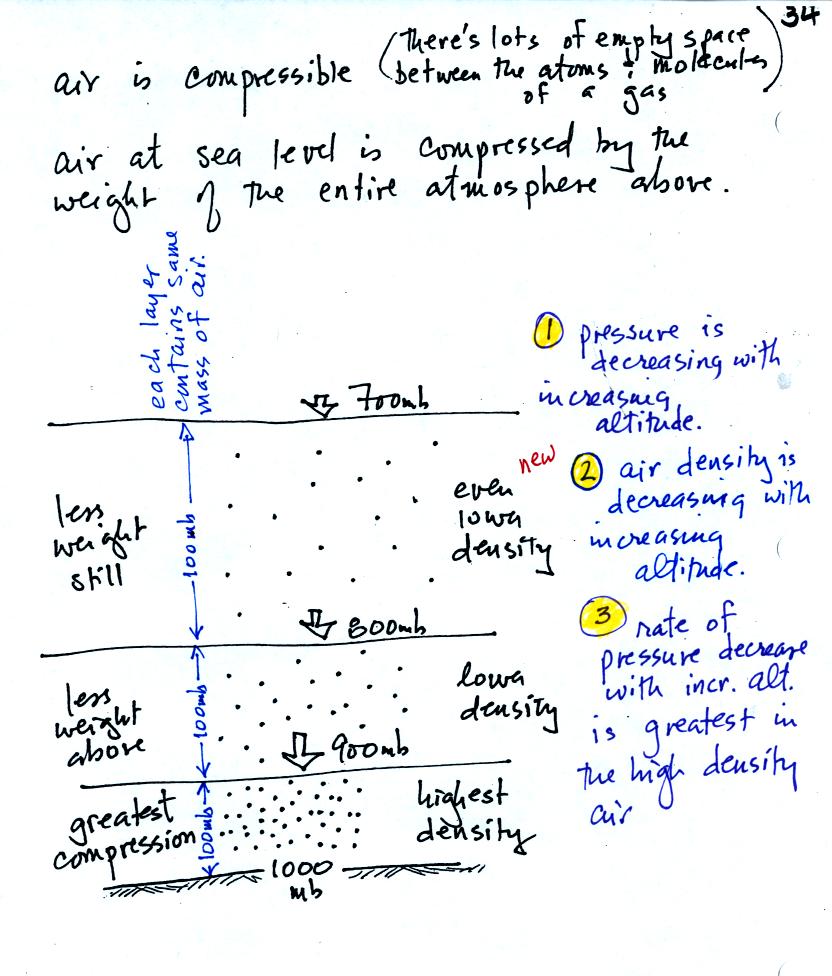
The effects of higher-than-normal density altitude do not discriminate between single-engine planes and the more powerful twins. Finally, he pulled the nose up so high, barely clearing the trees, that it rose almost vertically, then stalled and spun into the ground. The pilot pulled back on the yoke and the plane would temporarily climb, then sink again, not ready to fly. Eyewitnesses said later the craft climbed fifty feet above the runway, then sank. It was a hot afternoon when three large men climbed aboard and attempted a takeoff in 1988. The worst case remembered involved a Cherokee 140.

The pilot may jerk back the power, but invariably run off the asphalt and into the fences at either end some hit so hard trying to abort that they blow their nose wheel tires. The hottest months in Big Bear (June, July, and August) are the most likely time for pilots to encounter high density altitudes at the airport.ĭuring these summer months some planes seemingly take off, only to settle back down onto the runway. Only a hastily-aborted takeoff or a quick nose-down attitude to regain sufficient airspeed will save you from running out of runway or a stall. Very soon, however, that illusion vanishes as the weight of your airplane causes you to settle back to the asphalt rather than continue to climb into the sky. “Ground effect,” riding that cushion of air under a wing just above the runway, will temporarily lull you into thinking you are safely airborne. Entering strong downdrafts is not uncommon just after you begin your climb out. Even distant obstructions must be taken into account on a high density altitude day in Big Bear.
#Density altitude full#
The combination of full fuel tanks, passengers, baggage, 80-95 degree outside air temperature, and a still-rich mixture setting is a scenario of impending disaster. The AWOS (Automatic Weather Observation System) on the field announces the density altitude during its report, which can be heard on 135.925 on the ground before takeoff, or when approaching the valley in the air.

Lastly, you could always cancel your flight and remain safely on the ground if conditions warrant it. When you figure that your takeoff might require 2-3 times your needed sea-level length of runway and your climb rate is about one-half, every weight savings helps. Taking on less fuel is another way to limit gross weight. Remember sunglasses, though, for eastbound journeys the early morning sun will be blindingly bright in your eyes. Cold air is dense the engine will develop its potential horsepower sooner and the wings will create the needed lift earlier at standard or cooler temperatures. Summer mornings are much cooler than afternoons in the mountains and smart pilots will begin their flights just after sunrise and their first cup of coffee. It is estimated that a 200 pound reduction in gross weight will buy 500 more feet of runway. That means any outside ambient air temperature over 36 degrees will increase the density altitude over the field elevation of 6,750′. Remember, standard air temperature for your computations is only 36 degrees Fahrenheit (2° C) in this mountain valley, not the normal 59 degrees Fahrenheit (15° C) of sea level flying. What can a concerned pilot do? Anticipating a potential density altitude problem, he or she should carefully check the plane’s performance tables in the operating handbook to be certain the craft will have sufficient runway to lift off and climb without encountering trees or mountainous terrain.

Density altitude is simply a measure of air density. Warmed-air molecules expand, making the air “thin” and will greatly affect your plane’s performance. On a hot summer’s day, a takeoff at nearby 6,750′ Big Bear Airport can sometimes be equivalent to that imaginary high-altitude runway due to a phenomenon called “density altitude.”īut unlike the barren, treeless landscape of that towering peak, Big Bear Valley is circled by mountains in all quadrants, with tall trees near the end of mile-long runway 08, creating a hazard to pilots who overestimate their airplane’s ability to clear those obstacles. San Gorgonio, the highest point in southern California. Imagine, for a moment, a bulldozed, crude runway on a ridge just a few hundred feet below the summit of 11,502′ Mt.


 0 kommentar(er)
0 kommentar(er)
